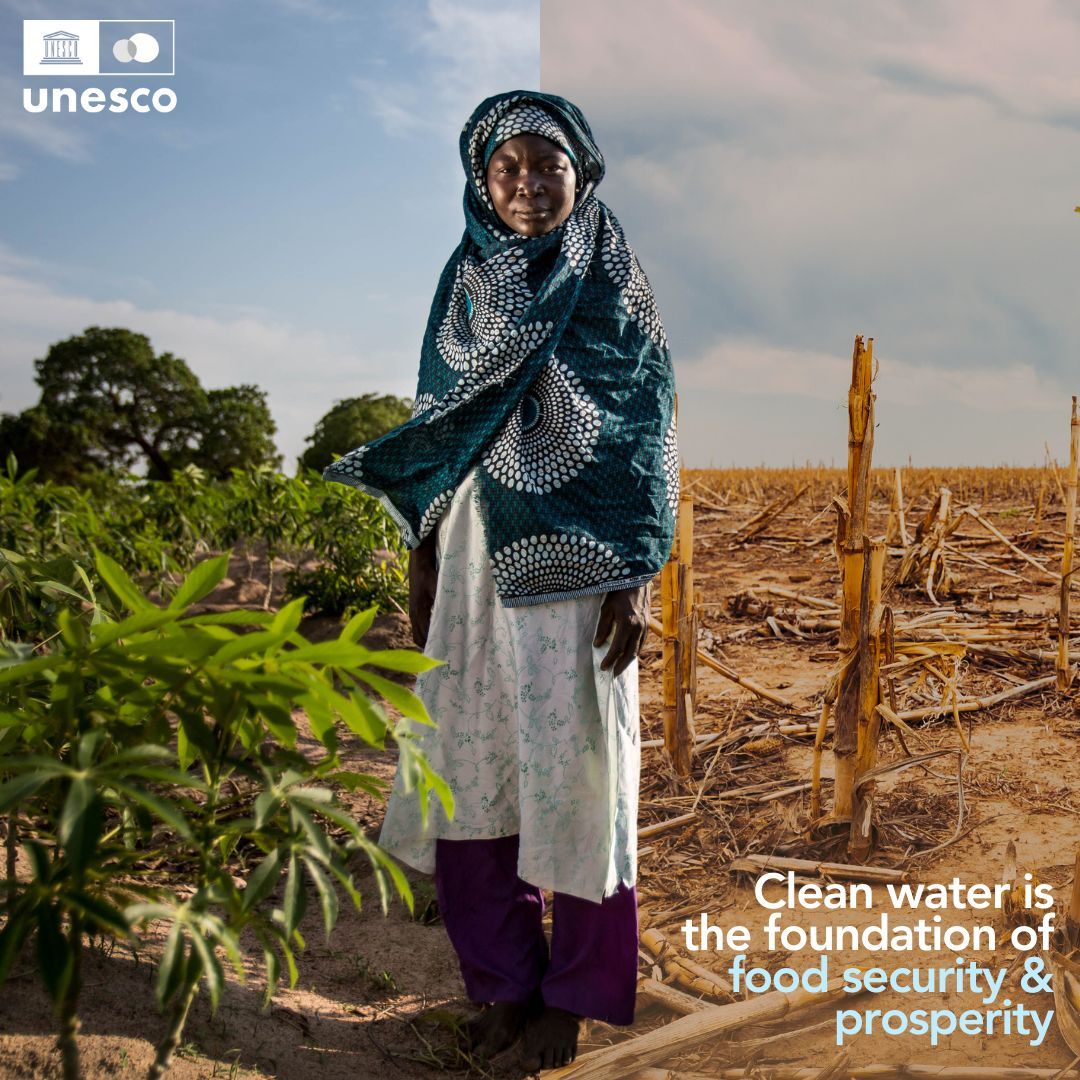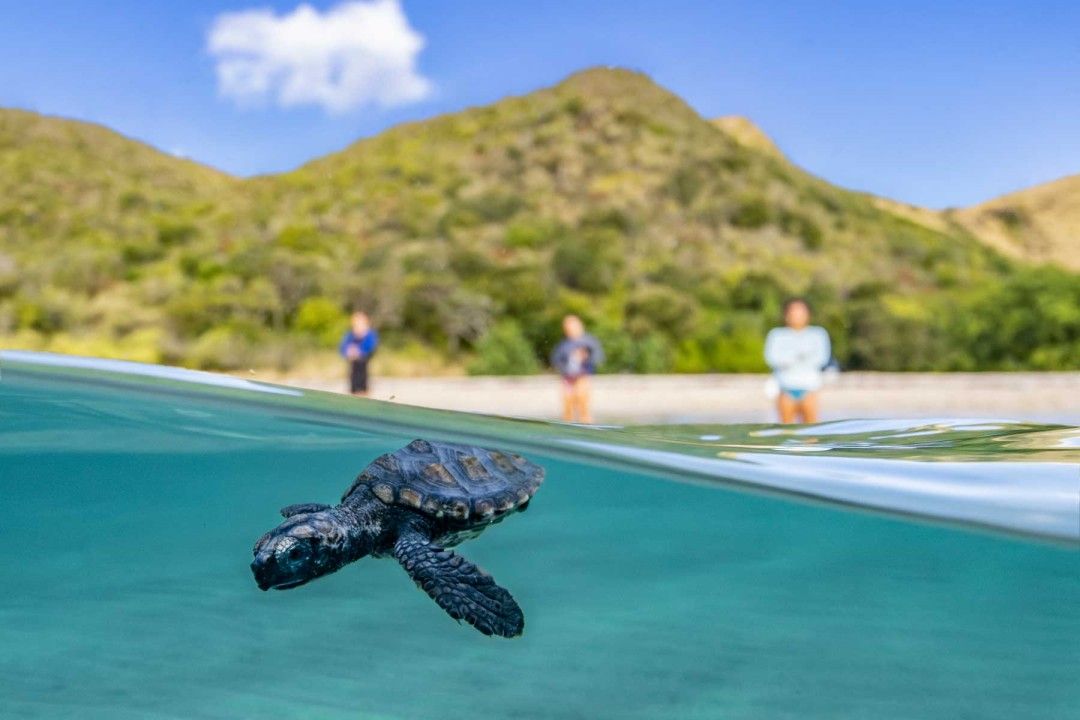@Bousl2336873cb4
I totally agree with your slogan that 'It's Earth Day everyday' because protecting our environment should be an ongoing process. The educator should consider greening education as important as core subjects. Our planet Earth is suffering due to the impacts and consequences of Global Warming. To ensure sustainability, everyday the class teacher can organise discussions, a role play or AI to create awareness among his students about the importance of protecting our environment. The use of virtual and augmented reality are effective tools to sensitize our young learners about the importance of protecting our planet Earth. A whole school approach is more appropriate and children will be encouraged to promote a greener society. As a school leader, I will organise activities concerning an Eco friendly school where all students, teaching and non-teaching staffs, parents, NGOs, the community and other stakeholders will be involved obviously with the approval of our Ministry. Today we have digital kids, ICT tools have a positive impact on the teaching and learning process. Normally it's the educator who conducts the class through the integration of innovative pedagogies so as to make learning fun and enjoyable. As I opined above with your statement, I personally think that students of upper grades can do a presentation in the morning assemby by integrating the Nearpod apps. It will have a significant impact on the behaviours of small kids seeing their peers caring for the planet.
-
Do you celebrate Earth Day (in 2024 it's April 22) with your students? (+practical materials)
-
Here's a simple activity for a life and earth sciences session:
Activity: Plant Growth Experiment
Objective: To understand the factors that affect plant growth and observe the process of germination.
Materials Needed:
- Seeds (e.g., bean seeds, pea seeds)
- Small pots or containers
- Potting soil
- Watering can or spray bottle
- Marker or labels
- Sunlight or artificial light source
- Journal or notebook
Procedure:
- Divide the students into small groups.
- Provide each group with seeds, pots, soil, and water.
- Instruct the students to fill their pots with soil and plant the seeds according to the instructions provided.
- Label each pot with the type of seed planted and the date.
- Water the seeds gently.
- Place the pots in different locations: some in direct sunlight, some in partial sunlight, and some in low light or darkness (you can use artificial light sources for this).
- Instruct the students to observe and record the growth of their plants daily in their journals. They should note any changes they observe, such as sprouting, leaf development, and changes in height.
- After a week or two, gather the groups together to discuss their observations. Compare the growth of plants in different light conditions and discuss the importance of sunlight for plant growth.
- Encourage the students to draw conclusions about the factors that influence plant growth based on their observations.
This activity not only teaches students about the process of plant growth but also allows them to engage in hands-on observation and experimentation, fostering a deeper understanding of life sciences concepts such as germination and photosynthesis, as well as earth sciences concepts related to ecosystems and the role of sunlight in plant growth.
"Empowering students through engaging education, fostering environmental consciousness, and advancing scientific literacy. Committed to shaping future leaders in Life and Earth Sciences."
-
@Housna said in Do you celebrate Earth Day (in 2024 it's April 22) with your students? (+practical materials):
. As a school leader, I will norganise activities concerning an Eco friendly school where all students, teaching and non-teaching staffs, parents, NGOs, the community and other stakeholders will be involved obviously with the approval of our Ministry. Today we have digital kids, ICT tools have a positive impact on the teaching and learning process. Normally it's the educator who conducts the class through the integration of innovative pedagogies so as to make learning fun and enjoyable. As I opined above with your statement, I personally think that students of upper grades can do a presentation in the morning assemby by integrating the Neadpod apps. It will have a significant impact on the behaviours of small kids seeing their peers caring for the planet.
Thank you for your ideas! you mentioned the Nearpod platform - do you often use it for teaching and do you find it helpful? Would you recommend trying it and why?
-
@Ana_moderator
Hello,
In today’s education, using technology effectively is crucial for engaging students
and enhancing teaching and learning process. The Nearpod is a popular education technology platform that aligns well with the SAMR model.
Nearpod is an instructional platform that I normally use to create engaging and interactive lessons, quizzes, and even virtual reality experiences for my students. Indeed it is a useful platform as it promotes student centered approach. Instead of writing the notes on whiteboards or draw a small model, I normally upload a powerpoint slide on Nearpod from which all students can get access through their devices. This substitution saves time, reduces paper usage, and provides a convenient way for students to access learning materials. I highly recommend to embed this platform as it engages the learners irrespective of his abilities. With Nearpod’s Collaborate Board, teachers have an opportunity to connect
technology with pedagogy in the classroom. Students work to understand how their
individual thoughts, ideas, and contributions fit into a larger shared collection of
thoughts in Nearpod. Whether you are new to Nearpod or an experienced user, an
individual feature like Collaborate Board can offer many unique ways to bring
student-centered discussions to life. -
Microsoft offers a range of educational tools designed to empower both teachers and students in adopting new technologies for learning. With platforms like Microsoft Teams, educators can create virtual classrooms, facilitate discussions, and provide real-time feedback. Tools like OneNote and Microsoft Whiteboard foster collaboration and creativity, enabling students to engage in interactive lessons and projects. Additionally, resources such as Minecraft: Education Edition provide immersive learning experiences, while Azure AI capabilities enable personalized learning and assessment. These tools not only enhance the teaching and learning process but also equip students with essential digital skills for the future.
"Empowering students through engaging education, fostering environmental consciousness, and advancing scientific literacy. Committed to shaping future leaders in Life and Earth Sciences."
-
Earth Day is a significant occasion to inspire my students to value and protect our planet. It's an opportunity for us as educators across subjects—whether Biology, Ecology, Geography, SPED or English—to integrate lessons on environmental conservation. Activities could include nature walks, projects on biodiversity, mapping climate impacts, creative writing about nature, and debates on environmental issues.
Every school year my students and I start an innovative project for this day. This school year we create a sensory garden in a roof to impact their senses as a therapy and also to educate in climate change. In every project we involve our community to succeed. In SPED we create curriculum in Puerto Rico based on students' challenges.
-
@Housna said in Do you celebrate Earth Day (in 2024 it's April 22) with your students? (+practical materials):
The Nearpod is a popular education technology platform that aligns well with the SAMR model.
Nearpod is an instructional platform that I normally use to create engaging and interactive lessons, quizzes, and even virtual reality experiences for my students. Indeed it is a useful platform as it promotes student centered approach.Great!
In the future, I would like to invite you and our colleagues to include active links to apps, websites, and programs that you mention or recommend in your posts.
This will help us to create a comprehensive collection of useful resources! -
Water insecurity = food insecurity. Water is essential for growing the crops that feed the planet and sustaining life as we know it. After decades of misuse, water scarcity continues to intensify, hitting the most vulnerable the hardest. Let's commit to protect this valuable resource and achieve hashtag#ZeroHungerfor all! Find out more in the hashtag#WorldWaterReport: https://lnkd.in/eRCiCjQ5 hashtag#10thWorldWaterForum

"Empowering students through engaging education, fostering environmental consciousness, and advancing scientific literacy. Committed to shaping future leaders in Life and Earth Sciences."
-
On International Day for Biological Diversity, we highlight the remarkable efforts underway to accelerate ecological restoration at St. Mary's Biosphere Reserve on the island of St. Kitts. Home to thousands of species, this UNESCO-designated site spans vast marine areas, forested ridges, agricultural hills, cloud forests, mangroves, and coral reefs. Despite its rich biodiversity, 32% of the land is degraded, necessitating urgent restoration efforts. St. Mary's is the first site to benefit from the expertise of volunteer scientists from the UNESCO Earth Network project, aimed at collecting key data, implementing restoration plans, and identifying sustainable livelihood opportunities.
St Mary's Biosphere Reserve’s main challenges
Like many Caribbean islands, the socio-economic history of St Kitts and Nevis was marked by a heavy dependence on the lucrative sugar trade. Thanks to governmental efforts to diversify the economy since 1970s, the federation turned to tourism development, which brought unprecedented opportunities to improve the livelihood of locals. However, when the tourism industry came to a near standstill between 2020 and 2021, St Kitts and Nevis saw a 14.5% drop in its GDP, followed by another 4.3% contraction in 2021.
In addition, as a Small Developing State (SIDS), it faces a number of natural challenges accentuated in the last decade by climate change, with more frequent and violent natural disasters, including hurricanes and seismic events. The effects of climate change highlight the need to protect tropical forests and promote resilient and biodiversity-friendly agriculture.
"Empowering students through engaging education, fostering environmental consciousness, and advancing scientific literacy. Committed to shaping future leaders in Life and Earth Sciences."
-
Sehriyo School celebrates Earth Day annually with a range of engaging activities designed to raise environmental awareness and promote sustainable practices among students. The day begins with a special assembly highlighting the importance of protecting our planet. Students participate in interactive workshops on recycling, energy conservation, and biodiversity.
Throughout the day, various grade levels engage in hands-on projects such as planting trees, creating art from recycled materials, and conducting clean-up drives in the local community. Guest speakers, including environmental scientists and activists, share their knowledge and inspire students to take action. The event culminates in a showcase where students present their eco-friendly projects and initiatives.
By celebrating Earth Day, Sehriyo School instills a sense of environmental responsibility and empowers students to make positive changes for a sustainable future.Текст ссылки
Contacts:
Shakhnoza Khamrayeva
Sehriyo School, Tashkent
WhatsApp: +998881585511
hamraeva.s@gmail.com -
@Ana_moderator In Egypt, STEM Alex school the students and Art teacher draw the wall and All teachers in different subjects refer to in their sessions
-
@Ana_moderator Dear Ana,
Yes, Earth Day is celebrated in Pakistan on April 22nd, just like in many other countries around the world. Various organizations, schools, and communities participate in activities such as tree planting, awareness campaigns, and educational programs focused on environmental conservation and sustainability.The goal is to raise awareness about environmental issues and encourage students and people to take action to protect the planet.
(FARHAN MEHBOOB)
Primary School Teacher
SINDH, PAKISTAN